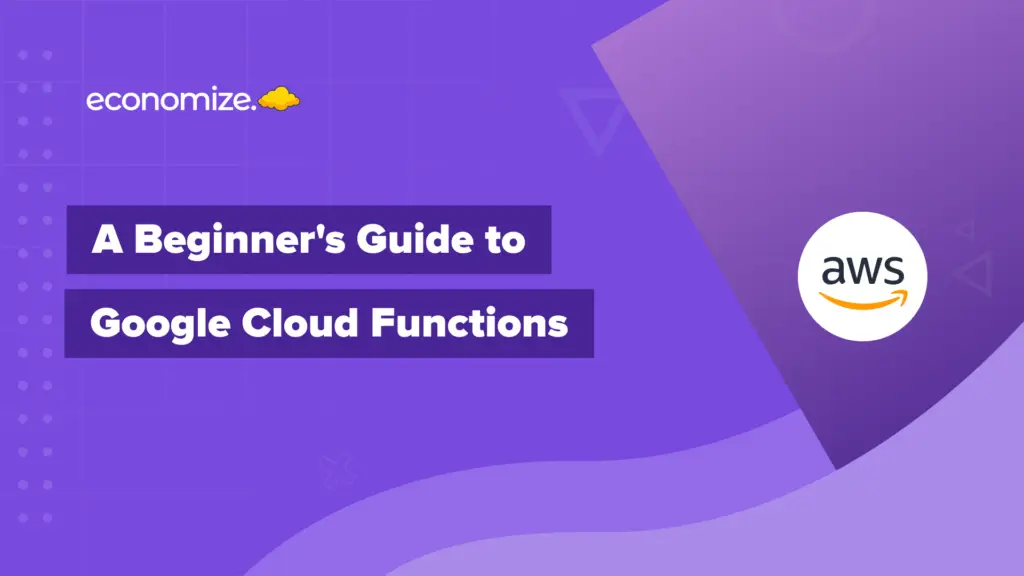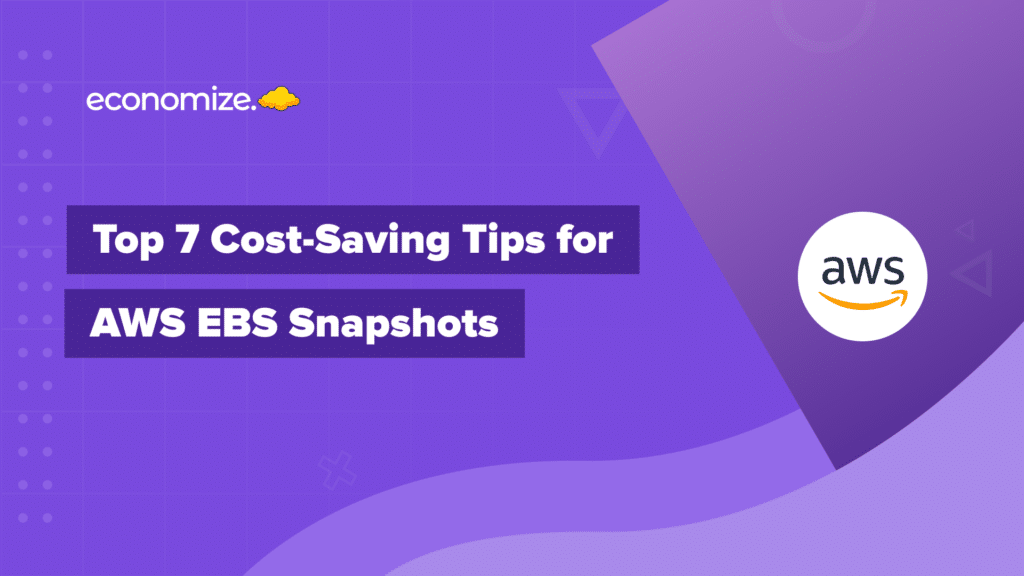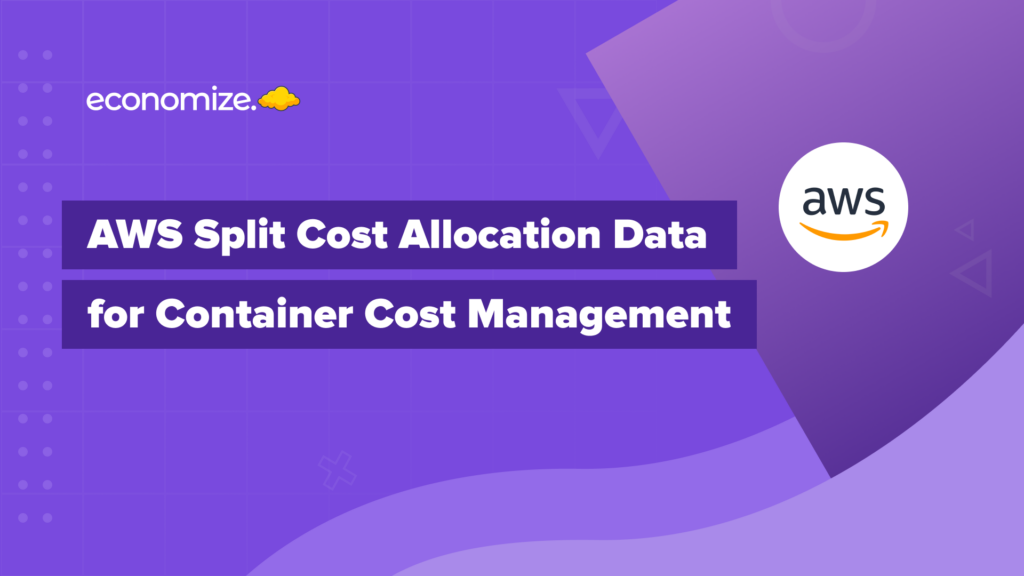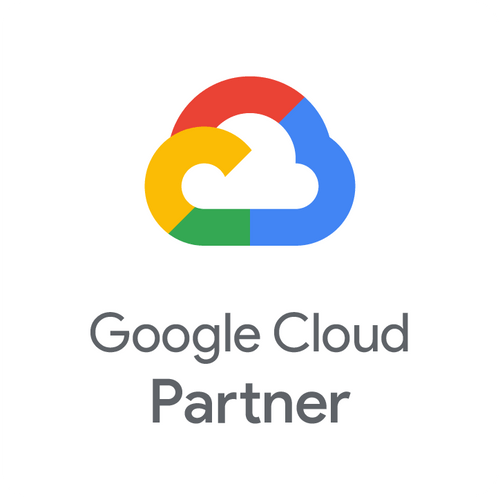Cloud computing has revolutionized the way companies manage and access their digital assets. Among the variety of cloud solutions available today, three service models stand out as the most popular – Infrastructure as a Service (IaaS), Platform as a Service (PaaS), and Software as a Service (SaaS).

In this guide, we’ll break down each model’s definition, workings, benefits, and use-cases. We’ll provide real-world examples for each and start it off with a comparison table, helping you make informed choices for your cloud strategy.
IaaS vs PaaS vs SaaS: Comparing the Differences
When venturing into the cloud computing space, understanding the key differences between IaaS, PaaS, and SaaS can be pivotal. Each service model comes with its own set of features, complexities, and advantages. Here’s a detailed breakdown to guide you through your decision-making process.
Differences Table

Key Takeaways
- IaaS: Best for projects that need a high level of control over resources, and you’re willing to shoulder the complexity and cost that comes with it.
- PaaS: Ideal for developers who want to build applications without worrying about the underlying infrastructure but wish to maintain some level of control.
- SaaS: Perfect for businesses or individuals looking for fully managed solutions that are user-friendly and quick to deploy.
Next, we will dive into the details of every service and explore it’s benefits and ideal use cases.
What is IaaS? – Infrastructure as a Service
Definition
Infrastructure as a Service (IaaS) is a cloud service model that provides on-demand access to computing resources over the internet. Rather than owning and maintaining physical servers, storage, and networking hardware, businesses can rent these resources from a cloud service provider.
Managed by the provider, this service allows organizations to focus on their software applications, data, and operating systems, leaving the underlying infrastructure to be handled externally.
Benefits of IaaS
With IaaS, businesses have the advantage to choose one or more services offered by the provider and add more when the need arises and also make the payments accordingly.
Simply put, with IaaS you’ll buy, install, configure and manage your own software—including operating systems, middleware and applications and then the cloud provider will manage this infrastructure for you.
- With low overhead and zero maintenance costs, IaaS is an affordable option for even the smallest businesses.
- IaaS takes care of all the upgrades that your software would need. It will also troubleshoot problems in case of mishaps. Your provider will also assure that your infrastructure is reliable and meets service-level agreements (SLAs).
- Companies can distribute their services closer to end-users worldwide, ensuring lower latency and better performance. IaaS providers often operate data centers in multiple locations, facilitating high availability and disaster recovery capabilities.
IaaS Use Cases
Here are the most common use cases for which IaaS platforms would be an ideal choice:
E-commerce Scaling: For e-commerce platforms that see fluctuating traffic, especially during seasonal sales or promotions, IaaS can provide on-the-fly scaling. This allows for optimal customer experience by preventing website crashes due to high user volume.
Big Data Analytics: Businesses that rely on data analytics can leverage the scalable compute and storage resources offered by IaaS platforms. This enables companies to gather and analyze large data sets without the upfront costs of setting up dedicated data centers, thus deriving valuable insights more quickly.
DevOps and Software Testing: IaaS provides a flexible and quick-to-deploy environment that is ideal for the DevOps approach. Continuous integration and continuous delivery (CI/CD) pipelines can be efficiently set up, making it faster and easier to roll out high-quality software updates.
Remote Work Solutions: In an increasingly remote work landscape, IaaS solutions enable businesses to set up Virtual Desktop Infrastructure (VDI) and remote desktops for their employees.
Infrastructure as a Service (IaaS) Examples in Cloud Computing
Here are some leading services in the IaaS sector of cloud computing:
- Amazon Web Services (AWS): Known for its Elastic Compute Cloud (EC2), AWS offers scalable compute power.
- Google Compute Engine (GCE): Specializing in high-performance computing, GCE is ideal for businesses focused on containerization and Kubernetes.
- IBM Cloud: Offers a mix of virtual and hardware resources, catering to businesses with diverse application needs.
- Microsoft Azure: Known for its versatile virtual machines, Azure is particularly strong for businesses in the Microsoft ecosystem.
- Oracle Cloud: Geared towards enterprise-level applications, Oracle Cloud provides a robust suite of integrated services.
What is PaaS? Platform-as-a-Service
Definition
Platform as a Service (PaaS) is a cloud computing model that offers a platform allowing customers to develop, run, and manage applications without the intricacies of building and maintaining the underlying infrastructure. This service is managed by a cloud provider and is accessed via a graphical user interface (GUI) for development and operational tasks.
PaaS allows users to write code along with building and managing their apps without the problems of software updates or hardware maintenance. Developers are provided a platform to create their own framework and build and customize their own applications.
Benefits of PaaS
With PaaS, organizations are empowered to concentrate solely on application development and data management, while the infrastructure—including servers, storage, and networking—is taken care of by the cloud provider. Here are the core benefits:
- Faster Time-to-Market: Development teams can initialize environments in minutes rather than weeks, accelerating the application development process.
- Risk Mitigation: PaaS offers a sandbox for experimentation, enabling companies to try out new technologies without heavy investments in infrastructure.
- Simplified Collaboration: Being cloud-based, PaaS ensures that development and operational teams can work from anywhere, fostering better collaboration.
PaaS Use Cases
PaaS serves as a cornerstone for several important technology initiatives:
API Development: PaaS offers built-in frameworks that simplify the process of developing, running, and securing APIs.
Internet of Things (IoT): Supported by multiple programming languages and environments, PaaS is instrumental in IoT application development and data processing.
Agile and DevOps: The model naturally fits into DevOps strategies by offering automated pipelines for continuous integration and continuous delivery (CI/CD).
Cloud-native and Hybrid Cloud Strategies: PaaS supports technologies such as microservices and containers, enabling consistent deployment across various cloud and on-premises environments.
Platform as a Service (PaaS) Examples in Cloud Computing
Here are some of the most popular services that offer a PaaS service model in cloud computing.
- AWS Elastic Beanstalk: Tailored for developer productivity, AWS Elastic Beanstalk offers automated deployment and provisioning.
- Google App Engine: Known for its automatic scaling, Google App Engine supports a multitude of programming languages.
- Microsoft Azure: Azure’s PaaS services offer a rich set of tools for Windows-based application development, as well as support for multiple other languages and frameworks.
- Red Hat OpenShift: Integrated with IBM Cloud, OpenShift focuses on Kubernetes and container orchestration, ideal for modern, scalable applications.
What is SaaS? Software as a Service
Definition
Software as a Service (SaaS) is a cloud-based service model that provides ready-to-use application software managed entirely by the provider. Accessible through web browsers, desktop clients, or mobile apps, SaaS offloads all infrastructure and application management tasks to the vendor.
The apps that have a narrow focus, targeting a niche market are known as micro SaaS. These micro SaaS apps usually target one specific problem, to a smaller group of potential customers with a winning solution, making it best in the market.
Benefits of SaaS
There are numerous underlying infrastructure like middleware, app software and app data at the provider’s data center. These hardware and software services are managed by the provider and delivered to the user according to an agreement.
Low Risk: Free trials and minimal monthly fees make it easy for businesses to test the application.
Remote Access: Users can access the software on any device connected to the internet, providing flexibility and mobility.
Scalability: Adding more users or storage is straightforward, usually requiring only additional payment.
SaaS Use Cases
Common SaaS applications range from productivity tools like email and collaboration software to specialized business solutions such as Customer Relationship Management (CRM) and marketing automation platforms.
- Personal Productivity: Examples include email and cloud storage solutions.
- Business Applications: CRM, workflow management, and enterprise resource planning (ERP) are typical business-related use cases.
Software as a Service (SaaS) Examples in Cloud Computing
With SaaS software updates, bug fixes and general maintenance becomes easy. SaaS is specifically a great option for small businesses and startups that want to avoid the expenses of having a huge staff.
If software installations and updates are something you want to avoid, SaaS does the job for you. It’s convenient for applications that don’t require customization or aren’t frequently used.
- Dropbox: A widely-used cloud storage solution.
- Salesforce: A leading CRM platform.
- HubSpot: Known for its all-in-one marketing software.
- Trello: Focuses on project and workflow management.
- Canva: Offers a variety of graphic design tools.
IaaS vs PaaS vs SaaS – Comparison Example

The above is a fun analogy to help you understand the differences of each cloud service model.
Conclusion
With technology and business joining hands, migrating to the cloud has become fundamental for business growth and to remain relevant in the market. With these cloud delivery services, businesses have more flexibility, choices and options that are rarely provided by on-premise services.
If your organization is grappling with skyrocketing cloud bills or struggling to pinpoint the exact causes behind escalating costs, it’s time to consider a specialized solution. Economize offers a comprehensive approach to cloud cost management.
Schedule a free demo with Economize today and discover how we can help your organization slash its cloud costs by up to 30%—all within just 5 minutes.








